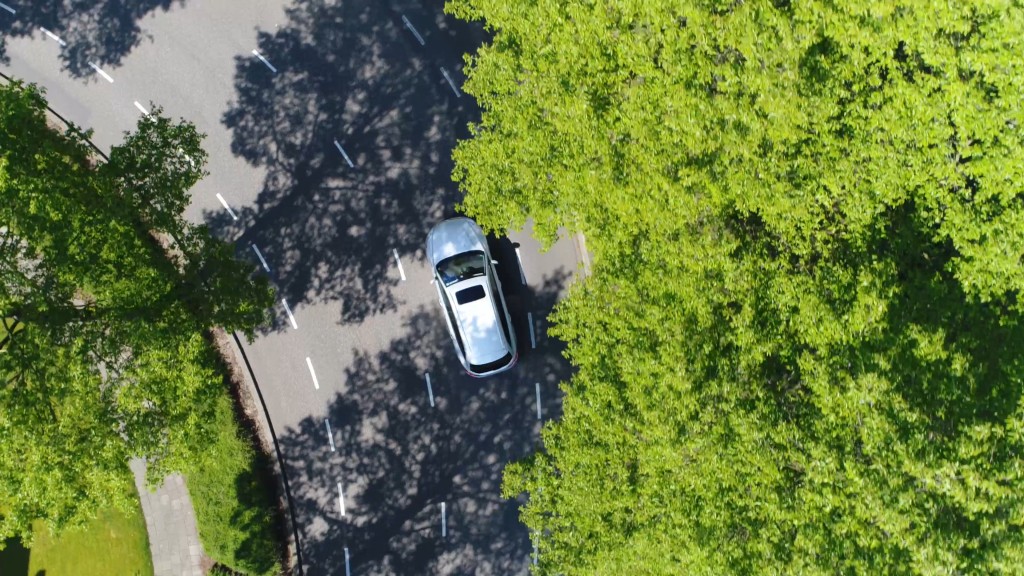You have been planning that cross-country road trip for weeks but unforeseen events may still happen no matter how much you think you are prepared for them.
Dealing with roadside emergencies can be frustrating especially if you don’t know what to do or have no idea what the problem is in the first place. Without a mechanic nearby or other vehicles driving by to ask for help, frustration can easily turn into panic and hopelessness. In almost all emergencies, leaving it on the hands of a trained mechanic is the ideal thing to do, but if you’re in a pinch, below is a compilation of common roadside emergencies you might encounter and how you can deal with them:
Flat Tire
The instructions for changing a flat tire are indicated in the owner’s manual. While the instructions are fairly simple and straightforward, there are cases where you shouldn’t change your own tire. For example, if the flat tire is on the driver’s side, the risk of being struck by another vehicle is very high, even if you are parked on the side of the road or a paved shoulder. The possibility of an accident is higher if it is at night. It is better for you to call and wait for roadside assistance in such cases.
Stuck Vehicle
If your vehicle gets stuck in mud, you won’t be needing any tools to handle it. What you need is your foot, along with tons of patience. When you’re trying to get your car out of the mud, make sure you don’t shift the transmission back and forth between Drive and Reverse.
This will destroy your transmission and result in a high repair bill. The proper way to handle this problem is to place your gearshift in “1” or “low” and then press the accelerator, allowing the spinning wheels to move the vehicle forward. Make sure you don’t exceed 15mph, though.
Next, release the gas to let the vehicle roll backwards then apply gas to roll the vehicle forward again. If this procedure won’t get you out of the rut, it is time to call a towing service company.
If you get stuck at night, don’t worry. Towing services must comply with road safety regulations, one of which is using emergency lights on their service vehicles. The tow truck lights of the responding vehicle will alert other motorists that there is an emergency, helping prevent accidents.
Overheated Engine
An overheated engine may be caused by a leak in engine oil or coolant. Before checking the engine oil and coolant levels, turn off your engine first, then pop up the car hood and let the engine cool down. If your engine oil or coolant level is low, check for any noticeable dripping or puddle. If you find a leak, you need to call a mechanic for repair.
Dead Battery

Another common roadside emergency that you may encounter is a dead battery. If you find your car battery drained, you would need jump leads and a second vehicle to solve the problem. First, the engine of both vehicles must be turned off. Next, connect the positive cable on both terminals, starting with the dead battery. Do the same with the negative cable. Start the engine of the good vehicle and let it charge for five minutes, then turn on the engine of the other car with the cables still attached.
If the car won’t start, call for a mechanic. Remember that jump-starting a dead battery is dangerous, and a small mistake may result in further damage or explosion.
As mentioned above, roadside emergencies are better left to the hands of a trained, trustworthy mechanic. Never try to solve the problem by yourself if you’re not confident with your abilities so the situation doesn’t worsen.

